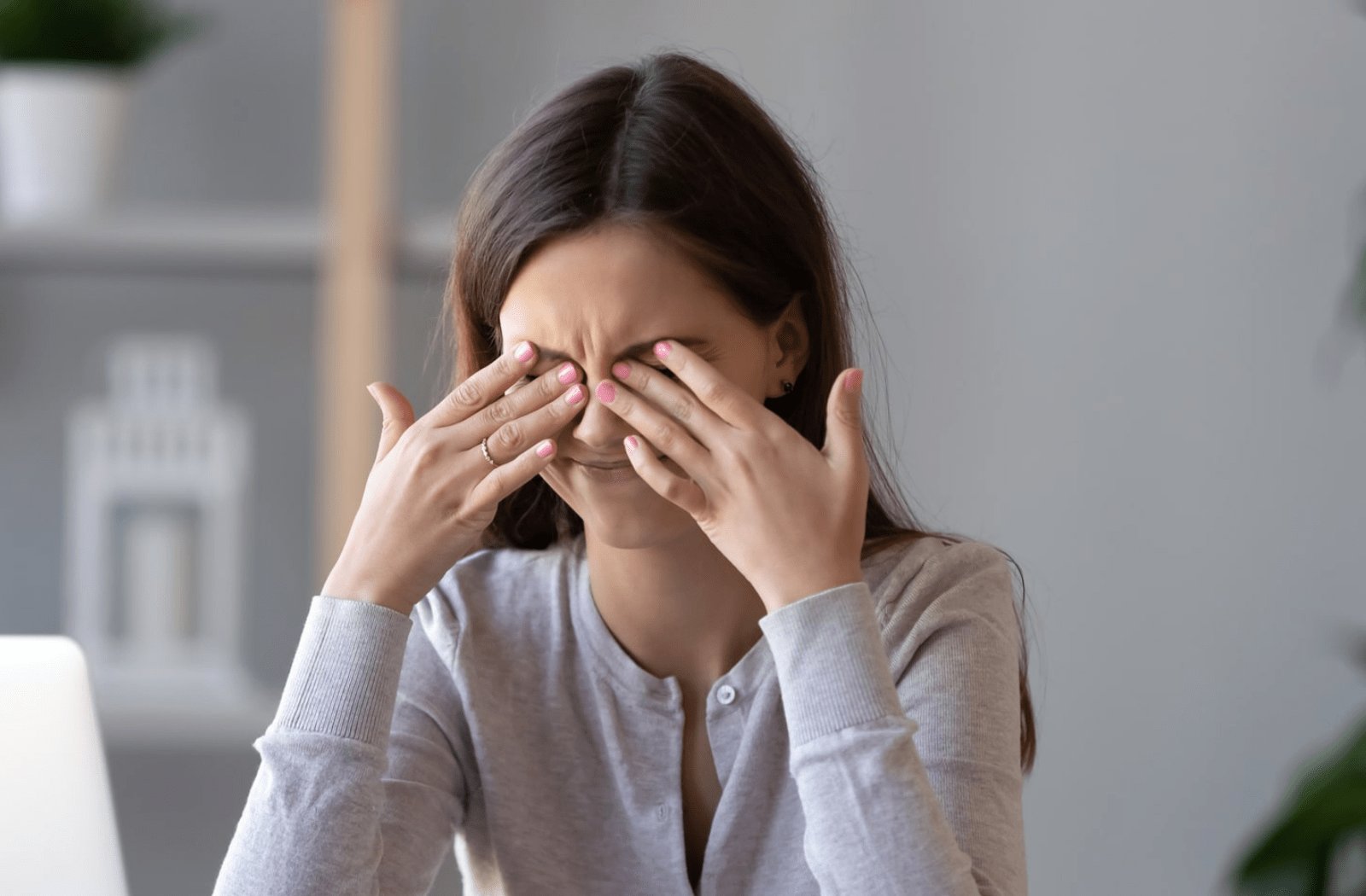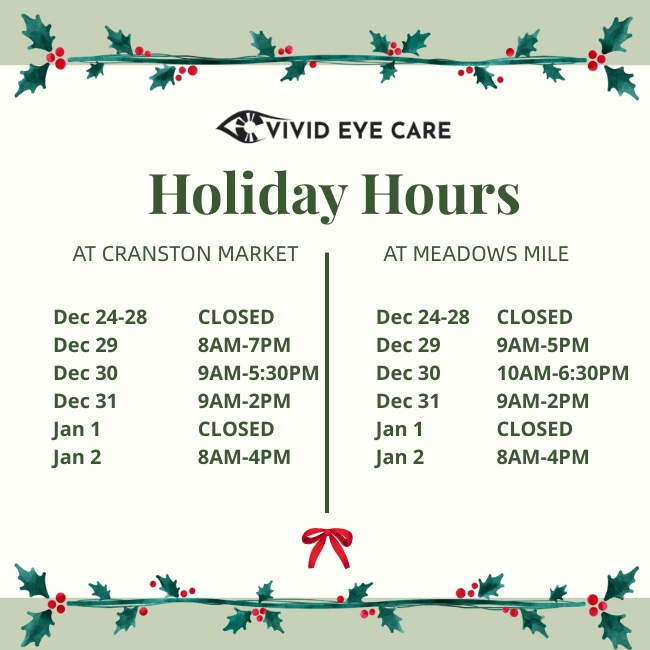Vision care is all about consistency, so keeping up appointments with your optometrist is essential to ensure your eye health is where you need it to be. Your comfort is key, so when dry eyes make an appearance, finding relief is a priority.
But you have a problem—you love wearing your contacts and suspect your contact lenses are causing your dry eyes.
Let’s explore dry eye disease and how contact lens wear can affect your eyes, including how to cure contact lens-induced dry eyes.
What Is Dry Eye?
Dry eye disease is a common condition that occurs when your tears cannot provide enough lubrication for your eyes. This tear instability leads to inflammation and can damage your eye’s surface, also known as your cornea.
Your eye needs nourishment, which comes in the form of sufficient tears for lubrication. Along with providing lubrication, your tears wash away foreign matter in the eye and also reduce the risk of eye infection.
Some common signs and symptoms of dry eye disease include:
- Stringy mucus in or around your eyes
- Sensitivity to light
- Eye redness and swelling
- Blurred vision or eye fatigue
- Stinging and burning
When these symptoms appear, you may be wondering what factors may have contributed to dry eye disease sneaking up on you.
What Causes Dry Eyes?
When your eyes aren’t receiving a steady supply of moisture, dry eye disease can have the opportunity to affect your eyes. Some causes of dry eye disease include:
- Frequent contact lens wear
- Refractive surgery such as LASIK or PRK
- Eyelid disease
- Dry climate/environment
- Frequent computer usage
- Aging
- Poor diet
- Hormonal changes in women
Monitoring your screen time and the environment around you can help manage the effects of dry eyes. Frequent contact lens wear can also contribute to dry eye disease as they sit directly on the surface of your eye.
Speaking of contact lenses, let’s look at how you can cure contact lens-induced dry eyes.
Curing Contact Lens-Induced Dry Eye
Contact lenses are an excellent alternative to your glasses and can allow you to put on a different look. Wearing contact lenses for too long can induce dry eye disease and leave your eyes needing lubrication.
Your tear film covers your cornea and must stay balanced to ensure that your eyes are getting enough moisture. Contact lenses rest directly on your cornea and may interfere with your tear film, causing disruption to lubrication and leading to dry eyes.
If your dry eye symptoms aren’t as severe, your optometrist may recommend changing lenses, using a warm compress over your eyes or trying artificial tears
Scleral contact lenses are usually recommended for more severe cases of dry eye. Scleral lenses are larger, usually measuring around 15 to 22 millimeters across, and are gas-permeable, allowing more oxygen to reach your eye’s surface.
If you have severe dry eyes, your optometrist may recommend a break from wearing contact lenses to give your eyes a chance to heal.

Assessment & Good Eye Health
Advancements in contact lens technology have resulted in more options than ever for people experiencing dry eye disease. A check-up with your optometrist can reveal more information through a dry eye assessment.
A dry eye assessment can include:
- A dry eye questionnaire
- Tear assessment and measurements
- Digital imaging of ocular surface and eyelids
- Eyelids gland expression
If you’re somewhere in the middle, practicing good eye health in combination with your contact lenses can help alleviate symptoms of dry eyes.
Some tips for good eye health include:
- Taking frequent breaks from digital screens
- Adjusting your environment if it’s too dry or dusty
- Monitor your contact lens usage
- Wear sunglasses when needed
Treating contact lens-induced dry eyes is all about management and paying attention to what your eyes are telling you!
Finding Relief
Depending on how your eyes react, contact lenses may not be compatible with your eyes without inducing dry eye disease. Your optometrist can perform a full assessment to determine if specialized contact lenses can help address your dry eyes.
Book an appointment with your optometrist today to learn more about dry eye management and how to approach contact lens wear with dry eyes properly.






















